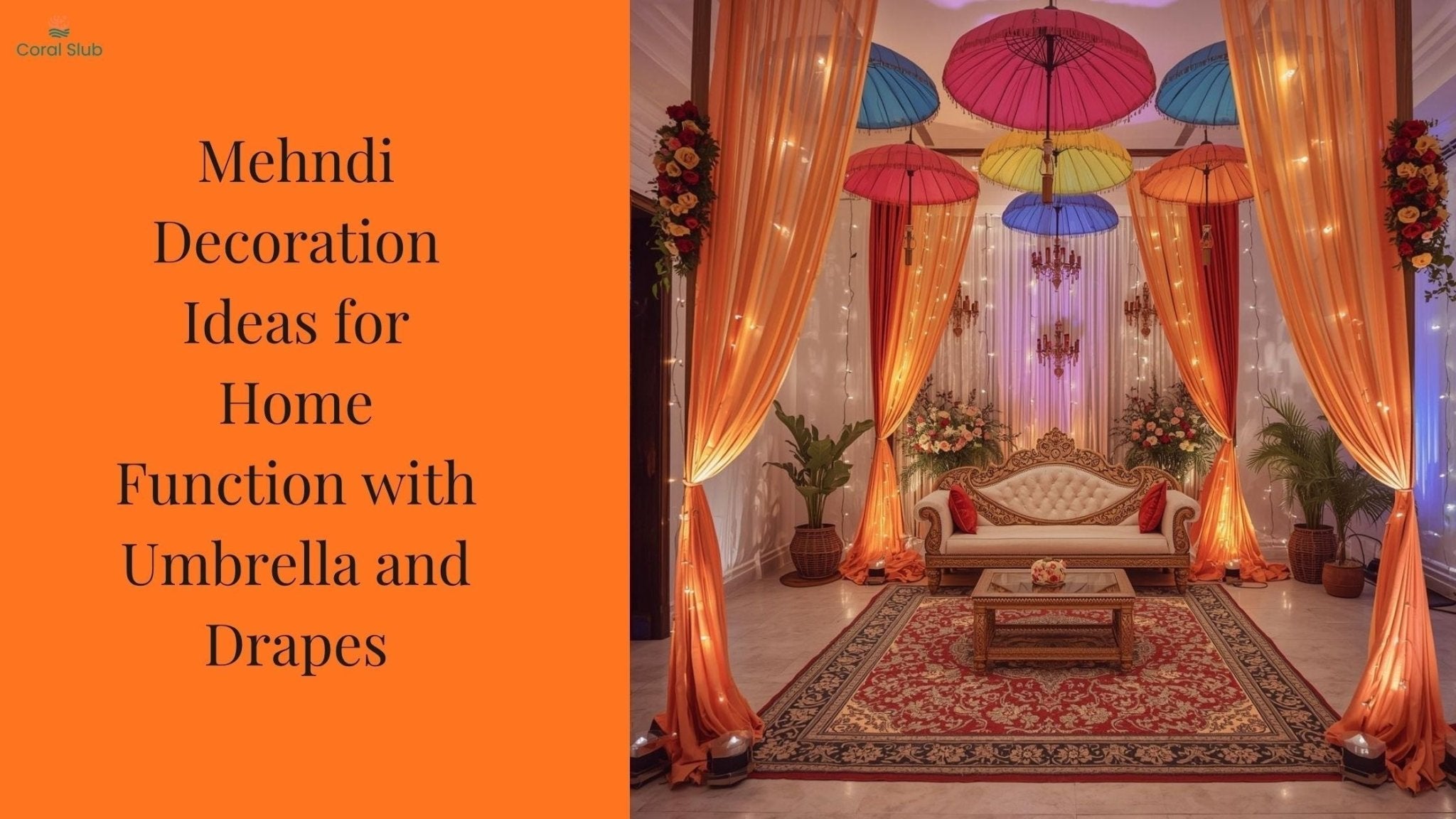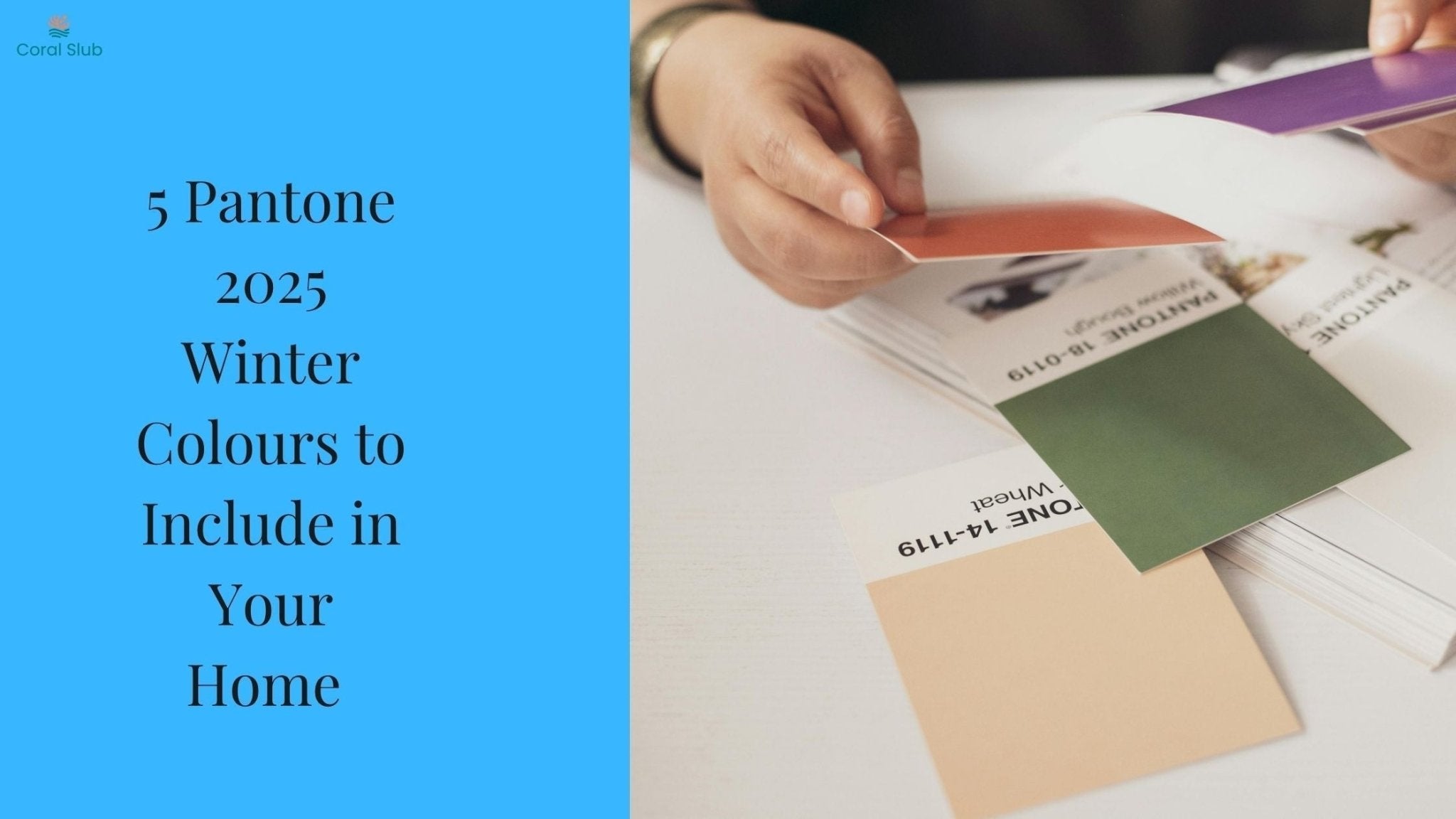
When space is limited, creativity grows. Vertical gardens are a beautiful example of how modern homes are redefining greenery. Instead of spreading plants across floors and balconies, these living walls rise upward, turning plain corners and blank walls into lush, refreshing sanctuaries.
Whether you live in a city apartment or a spacious home, a vertical garden adds instant freshness, texture, and personality to your interiors. It’s where nature meets design: simple, sustainable, and endlessly inspiring.
What Is a Vertical Garden and Why Should You Consider One?

A vertical garden is essentially a collection of plants arranged on a vertical structure, such as a wall, frame, or panel. It allows greenery to grow upwards, saving floor space while transforming even the smallest area into a vibrant, breathing surface.
Beyond its aesthetic appeal, a vertical garden improves air quality, reduces heat, and adds a sense of calm to your home. For urban dwellers, it’s an easy way to reconnect with nature without needing a backyard.
Choosing the Right Space for Your Vertical Garden

The first step is finding the perfect location. A wall that receives soft natural light works best. Living rooms, balconies, terraces, and even kitchen walls can make ideal spots. Indoors, choose areas where you can maintain humidity and light levels easily for example near windows or open verandas.
Outdoor walls facing east or north often perform well since they get gentle sunlight without the risk of overexposure. If space allows, you can also frame a small corner or balcony railing with vertical planters for a more structured look.
Selecting Plants That Thrive Vertically

Plant choice is key to a flourishing vertical garden. Opt for species that suit your light conditions and maintenance capacity. Indoor walls look beautiful with ferns, money plants, pothos, spider plants, or peace lilies all low-maintenance and forgiving.
For outdoor verticals, go for herbs, succulents, or flowering plants like petunias and marigolds. Mixing textures adds visual depth pair cascading vines with compact greens for contrast. Remember to keep taller or heavier plants at the bottom and lighter trailing varieties near the top to balance weight and growth.
Building the Framework: How to Set It Up

You can create a vertical garden with several materials: wooden pallets, metal frames, terracotta pots, or fabric pockets. Modular planters are popular for their flexibility, allowing you to expand or rearrange the layout easily.
If you’re looking for a more natural aesthetic, wooden lattices or bamboo panels work beautifully. For modern homes, metal or recycled plastic frames create a sleek finish.
Make sure to include proper drainage and watering systems. Drip irrigation or self-watering planters are perfect for those who prefer low-maintenance options.
Design Ideas to Inspire Your Vertical Garden

A vertical garden is more than greenery, it’s a piece of living art. The design possibilities are endless.
Some homeowners prefer geometric arrangements with uniform rows of planters, creating a structured, architectural look. Others embrace a more organic layout, letting the plants flow naturally to mimic a forest wall.
Try combining textures and colours,light green ferns against dark ivy, or trailing vines paired with small flowering plants. Adding subtle lighting can create a stunning evening ambience, especially on balconies or terraces.
You can also integrate other natural elements, like pebbled borders, wooden shelves, or ceramic planters, to give the space depth and personality.
How to Maintain a Vertical Garden

Regular care ensures your vertical garden stays lush. Water consistently, but avoid overwatering, roots in vertical structures can be sensitive. Use slow-release fertilizers and trim plants periodically to maintain shape and airflow.
Dusting leaves occasionally helps indoor vertical gardens stay fresh and vibrant. If you’re short on time, consider using an automatic drip system or low-maintenance plants that don’t require daily attention.
Why Vertical Gardens Are Perfect for Indian Homes

With urban homes getting smaller and sunlight varying throughout the day, vertical gardens are ideal for Indian interiors. They maximize limited space while introducing freshness and colour.
They also act as natural insulation while reducing indoor temperature and improving air quality. Beyond function, they add an element of beauty that feels grounding and peaceful, a welcome contrast to fast-paced city life.








